New Lanark is a unique 18th century Mill village where workers lived in purpose-built tenements. The location of the mill was chosen due to its proximity to the Falls of Clyde waterfalls which power the mill’s machinery.
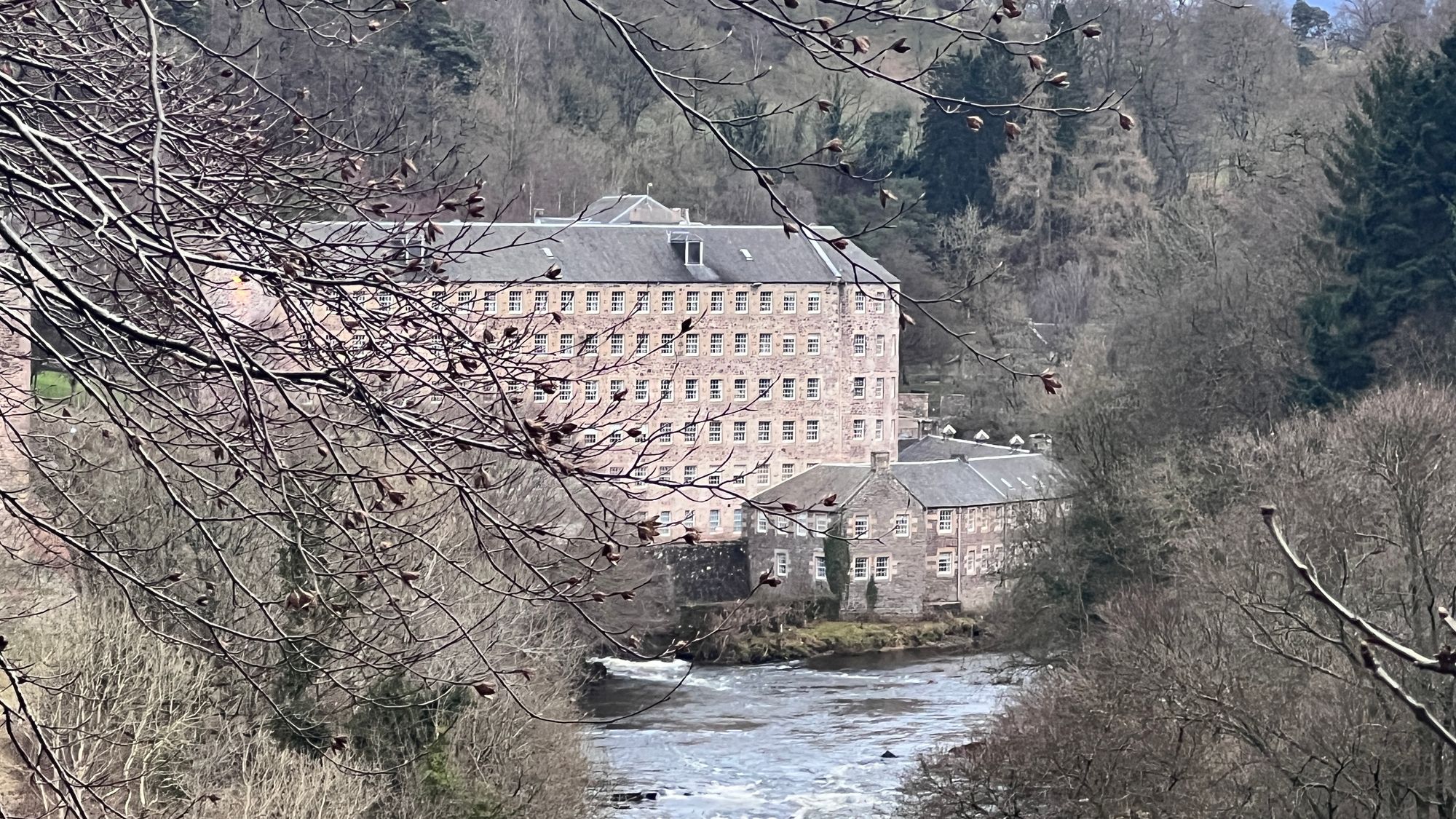
The mill was founded in 1785 with a focus on philanthropy, education and the welfare of the mill workers. This in turn led to it becoming a model for industrial communities across the world throughout the 19th and 20th centuries.
Due to New Lanark’s unique ideology and influence it was inscribed as a UNESCO World Heritage Site in 2001 with ongoing conservation of the village.
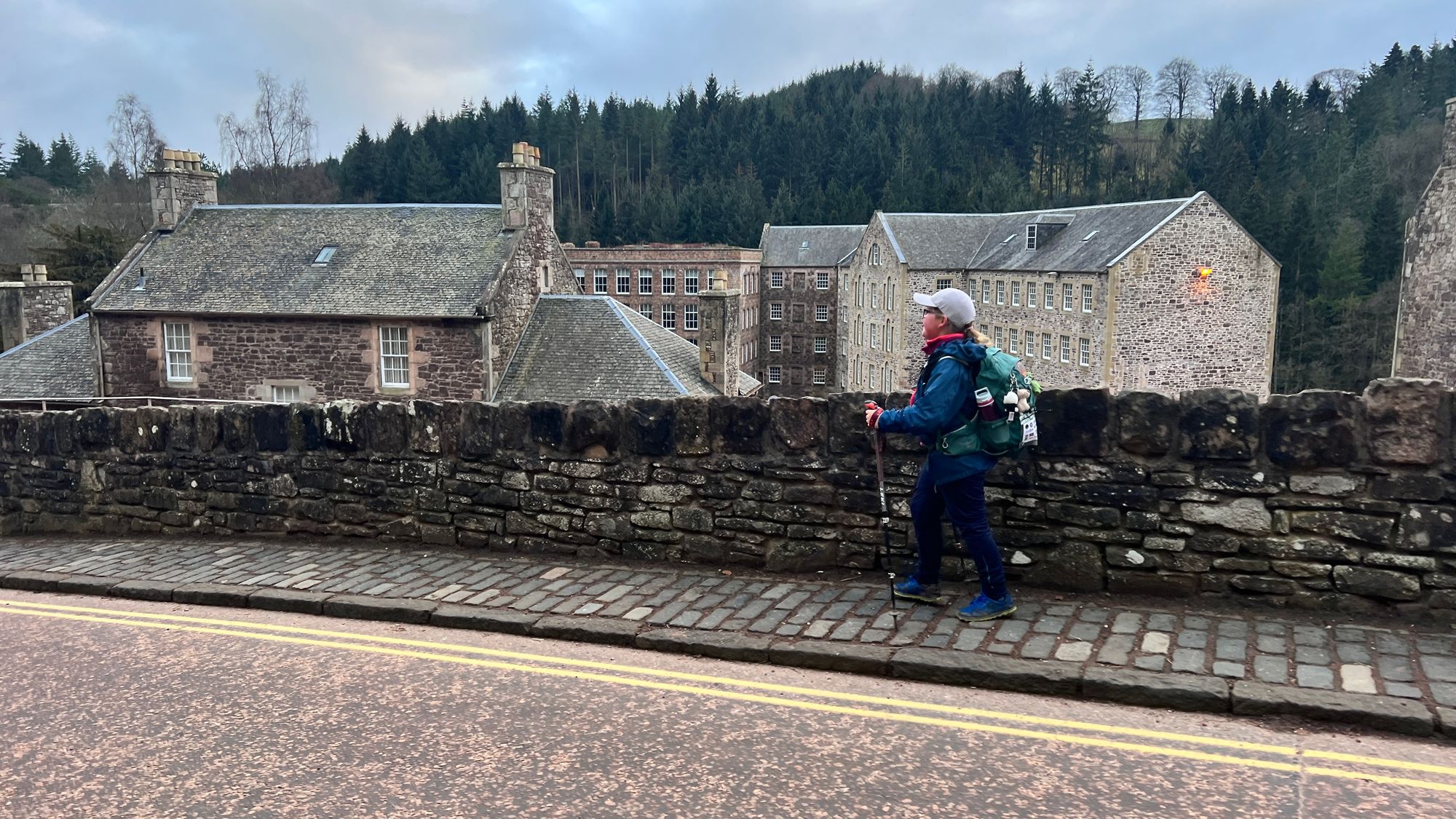
Early history
New Lanark was founded in 1785 by David Dale (1739-1806) and Sir Richard Arkwright (1732-1792).
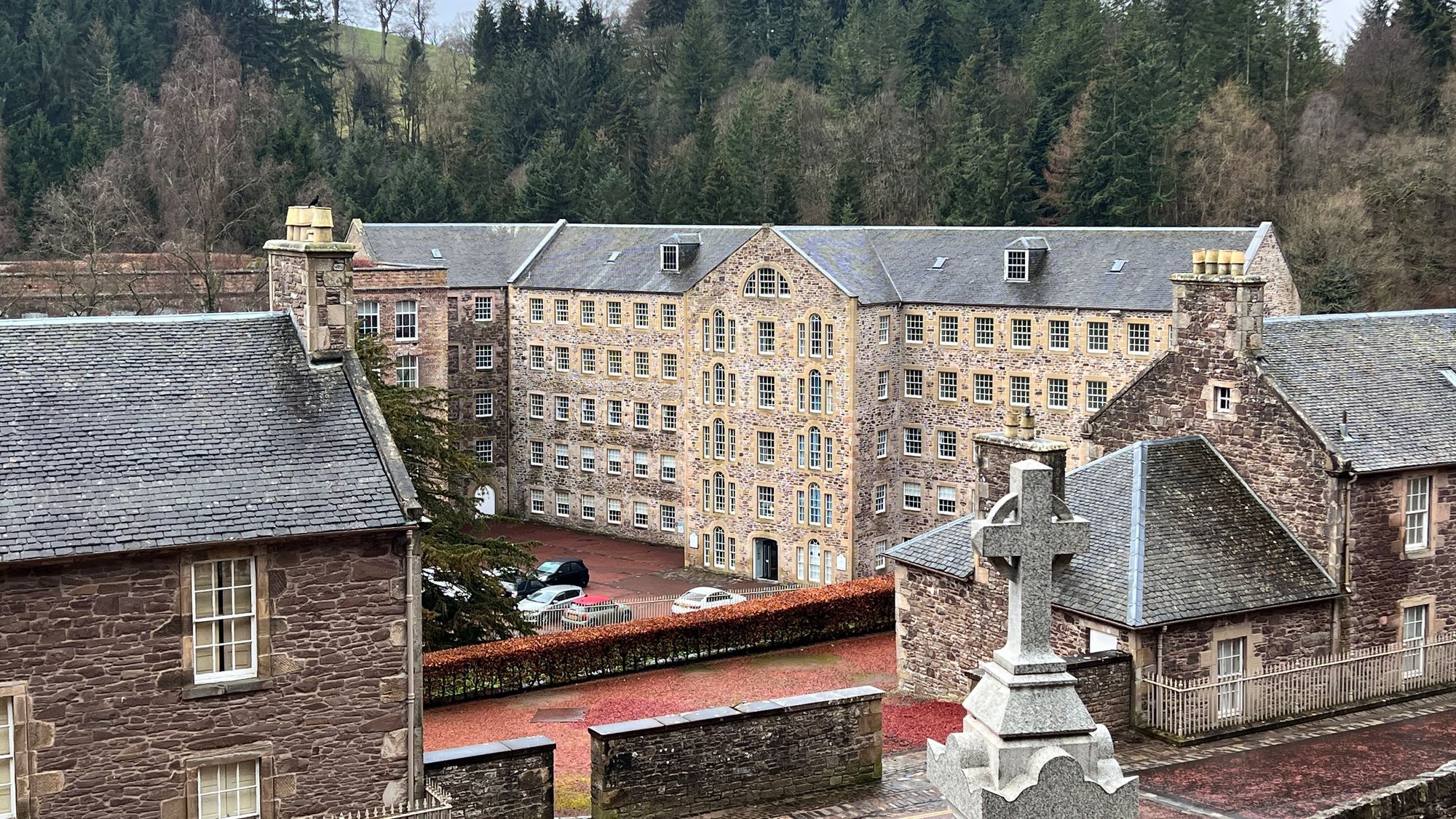
Dale was a Scottish industrialist, merchant and philanthropist who was concerned at the volume of emigration from Scotland. As a result he established cotton mills in various locations across Scotland including New Lanark.
Arkwright was an inventor and entrepreneur during the Industrial Revolution. Arkwright along with John Kay developed the ‘spinning frame’ in 1775 which revolutionised cotton production. It used water power from the nearby rivers to run the mills making it possible to mass produce strong yarn, reducing the need to spin cotton by hand. The first such ‘water frame’, as they were commonly known, can be seen at Cromford Mill in Derbyshire
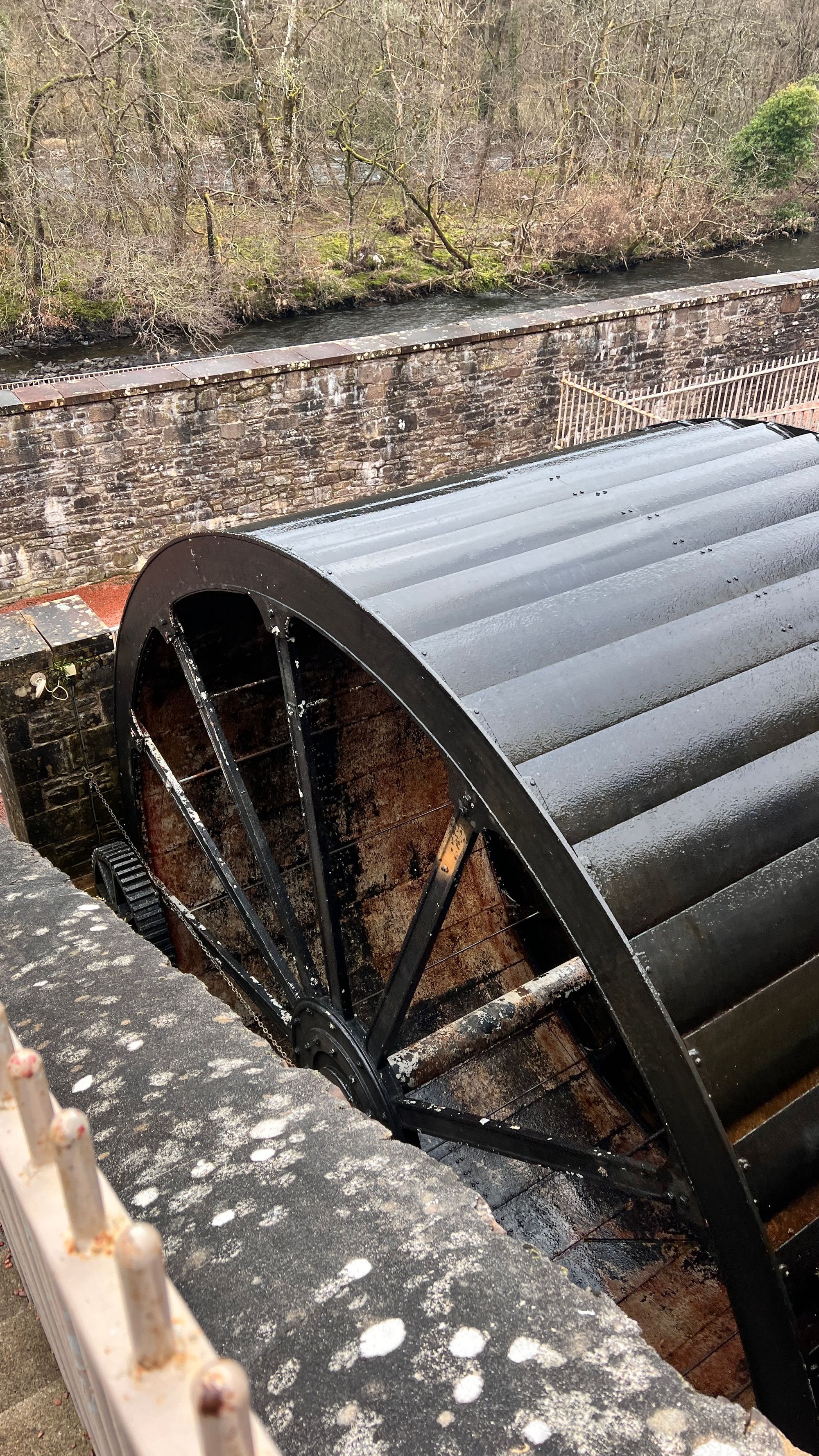
However, the partnership between Dale and Arkwright dissolved after only a year.
Dale then continued to run the mill for 15 years establishing a philanthropic approach. Dale believed that a healthy, well-educated workforce would not only lead to greater productivity but was a moral obligation. He went on to provide social and educational conditions far in advance of anything available anywhere else in the UK. Priority was placed on training the workforce and educating children.
In 1799 Dale sold the mill to his son-in-law Robert Owen and his partners. Owen then went on to become the manager in 1800 continuing his father-in-laws philanthropic ideology.
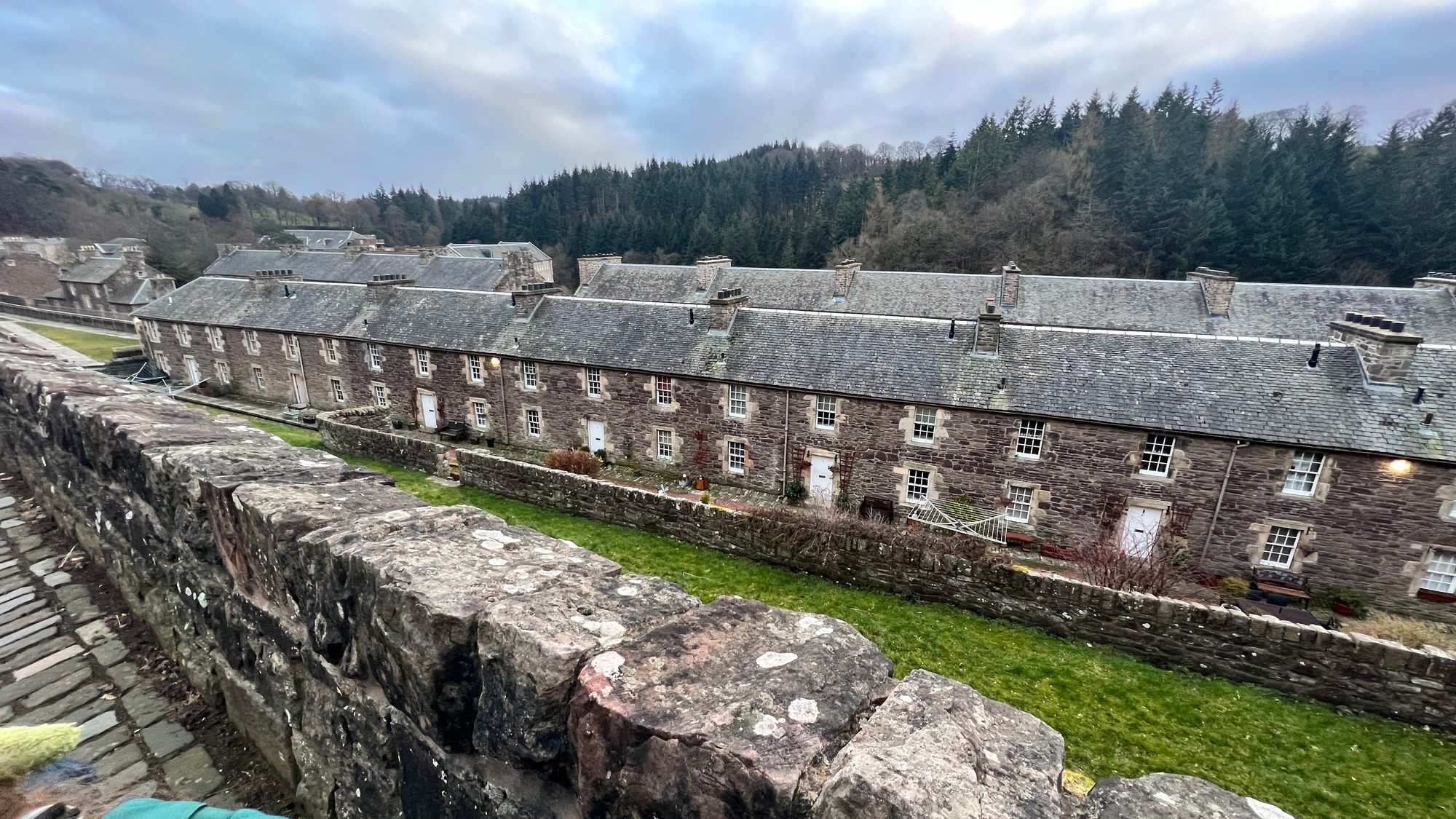
Ideology
Robert Owen (1771-1858) was a Welsh textile manager and philanthropist who first visited New Lanark in 1798. Within a year of this visit he and his partners negotiated the purchase of the mill from Dale.
It was then Owen formulated his Utopian vision of a society without crime, poverty, and misery.
At this time some 2500 people lived and worked at the New Lanark mill. Although the living conditions were not as bad as other similar places, Owen deemed them unsatisfactory and resolved to improve them for his workers.
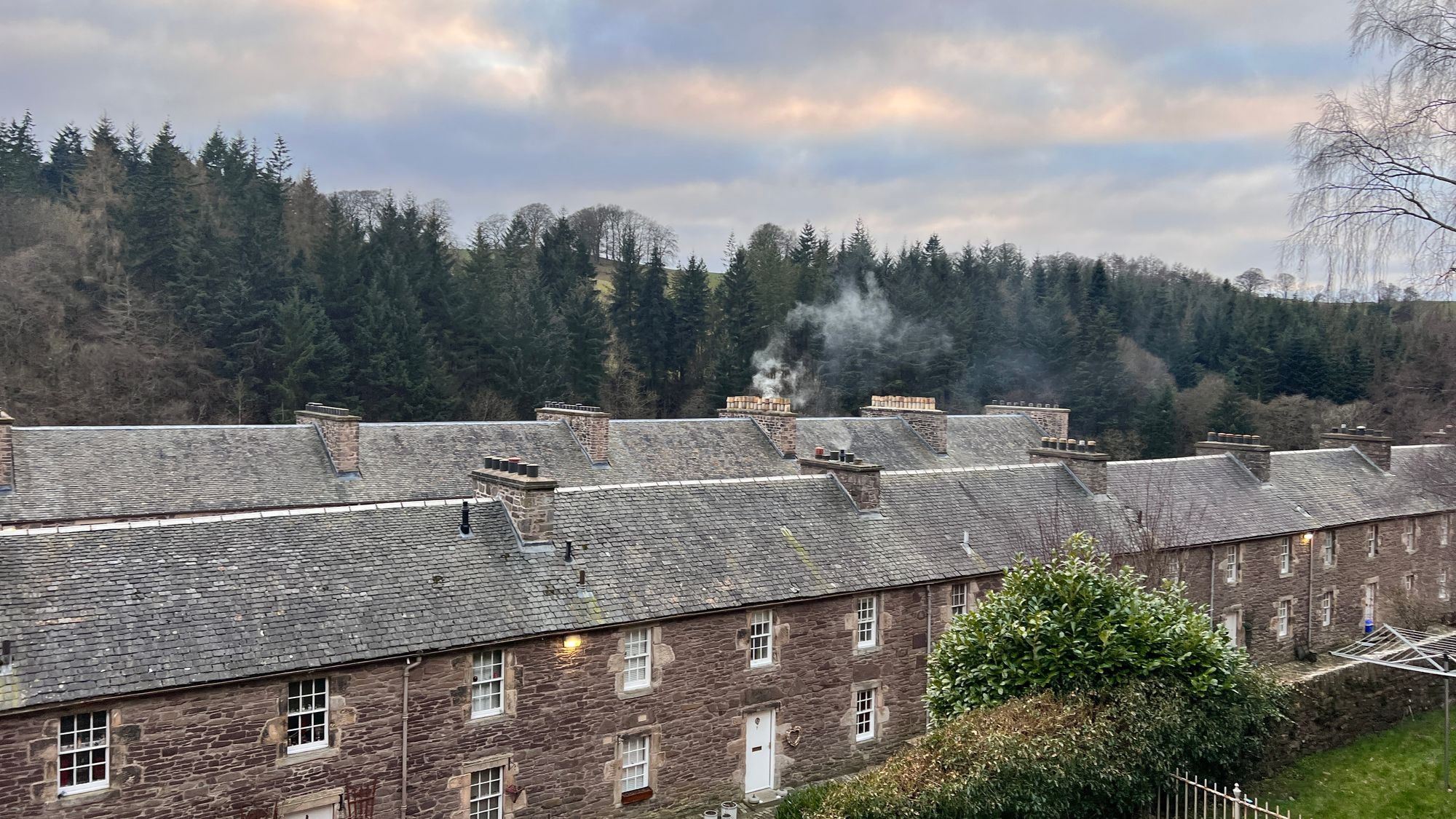
Over the following years Owen gradually began to implement a series of ideas that were revolutionary. In 1809 the 500 children living and working at the mill were moved from the dormitories to a purpose-built Nursery Building. A village store was opened in 1813 where workers could purchase quality food and goods at minimal costs. And in 1817 he opened the UK’s first workplace nursery school at New Lanark.
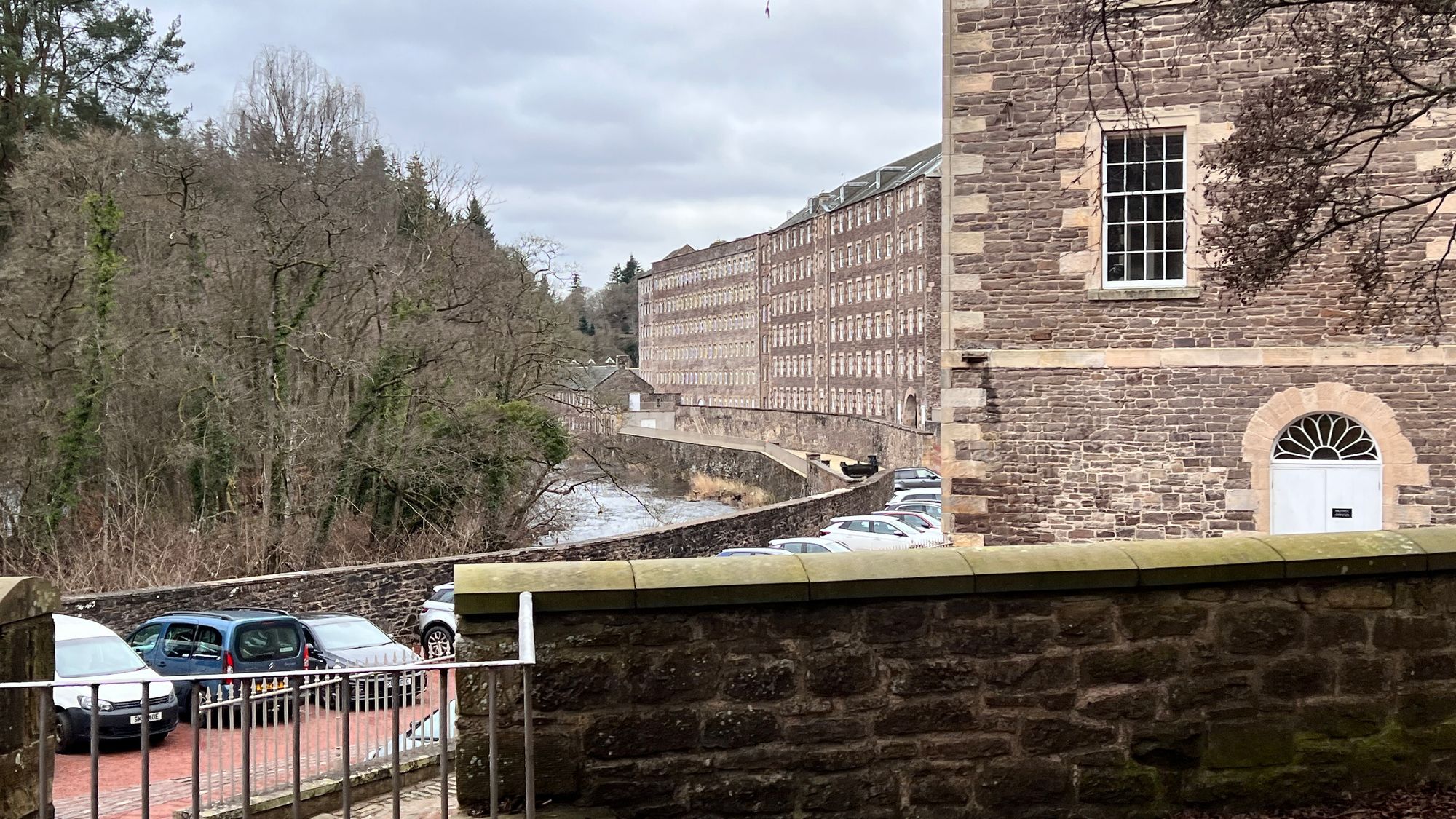
Owen also began to phase out child labour replacing it with education. The Village Store went from strength to strength, with its profits being used to pay for the schooling. Owen also established free health care and sick pay for his workers.
Throughout his time managing New Lanark mill Owen greatly improved the conditions, facilities and services for the workers and their families.
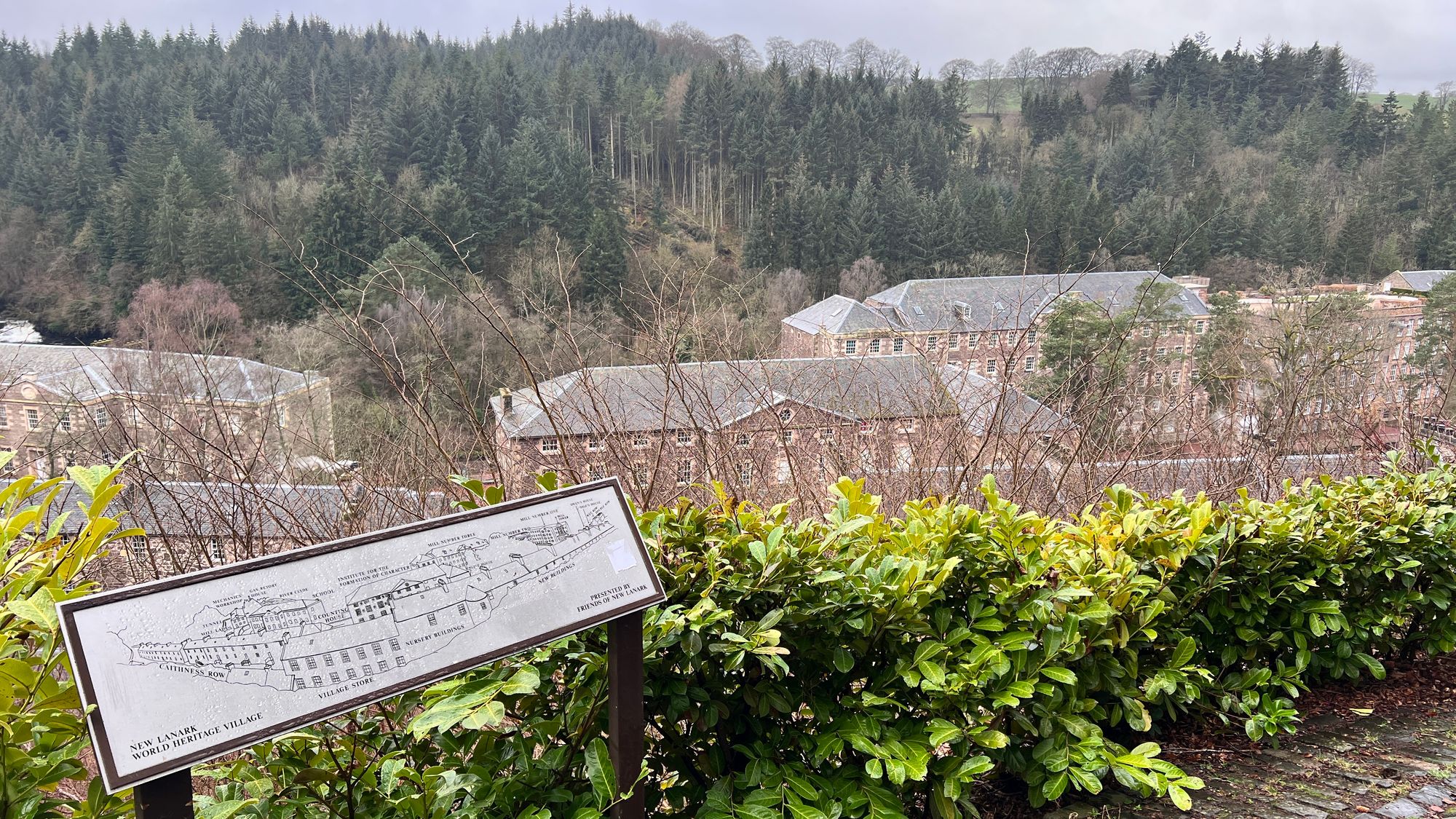
Under Owen’s management New Lanark thrived and as a result he was able to demonstrate to the world that it was not necessary for an industrial enterprise to treat its workers badly to be profitable.
Today
The New Lanark mills operated until 1968. After a period of decline, the New Lanark Conservation Trust (NLCT) was founded in 1974 to prevent the demolition of the village. By 2006 most of the buildings had been restored and the village is now recognised as one of Scotland’s 6 UNESCO World Heritage Sites of ‘outstanding universal value’.
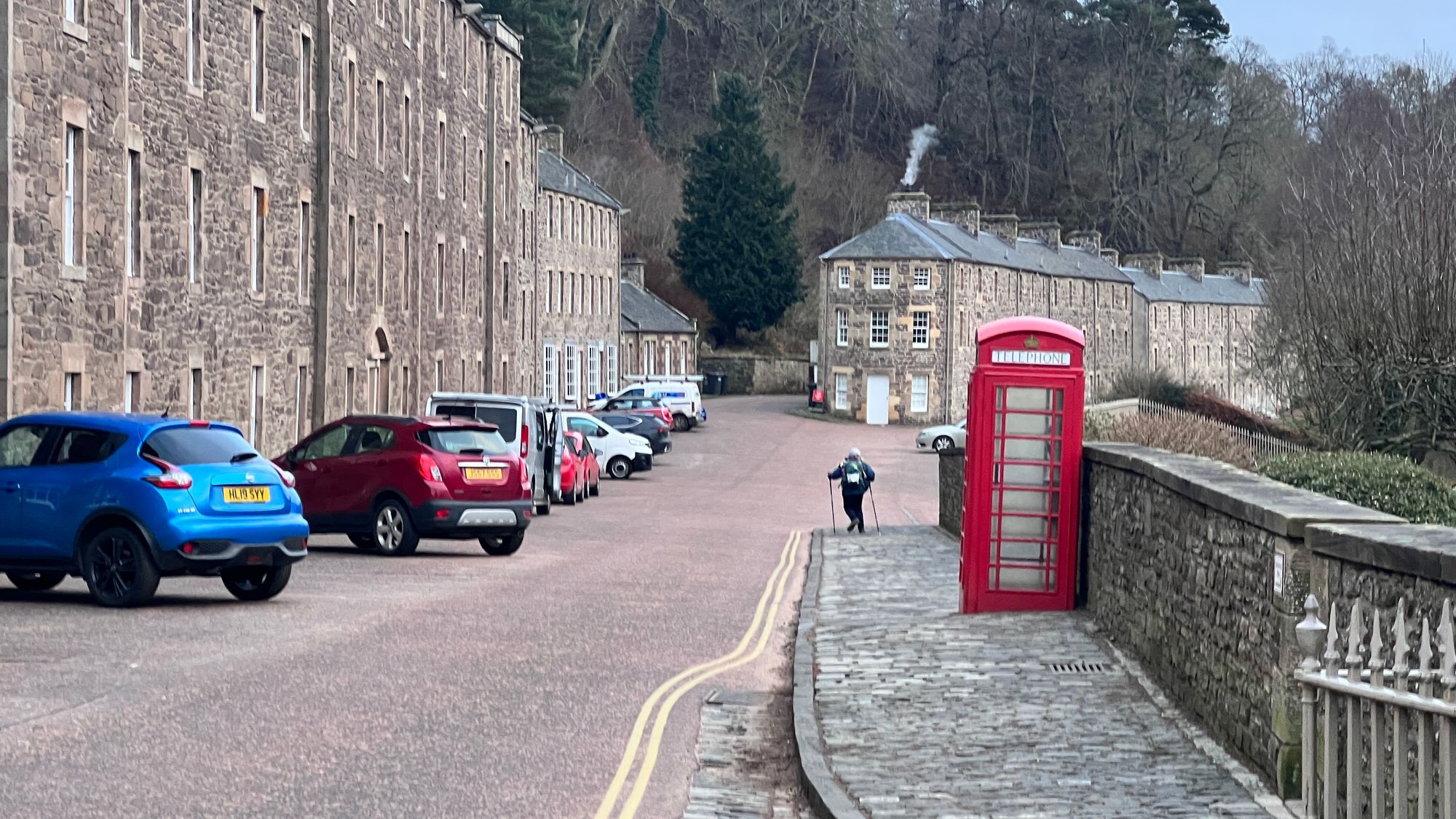
It is estimated that approximately 400,000 people visit the village every year to learn about the mill’s history.
New Lanark still has a resident population of approximately 130 people. Considerable attention has been given to ensuring the historical authenticity of the village.
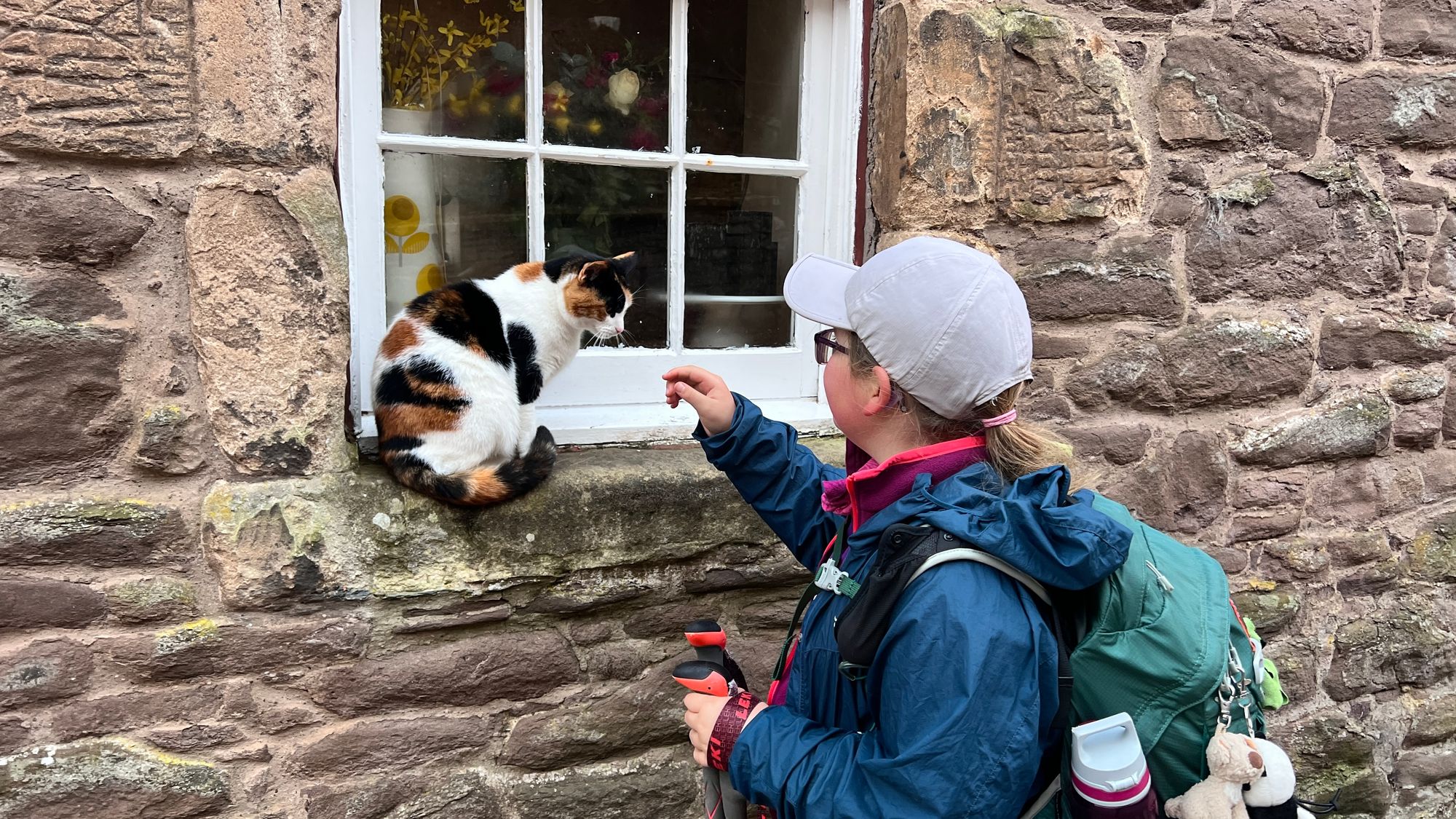
Within the village there is a large award-winning visitors centre and attractions which tell the fascinating story of the mill.
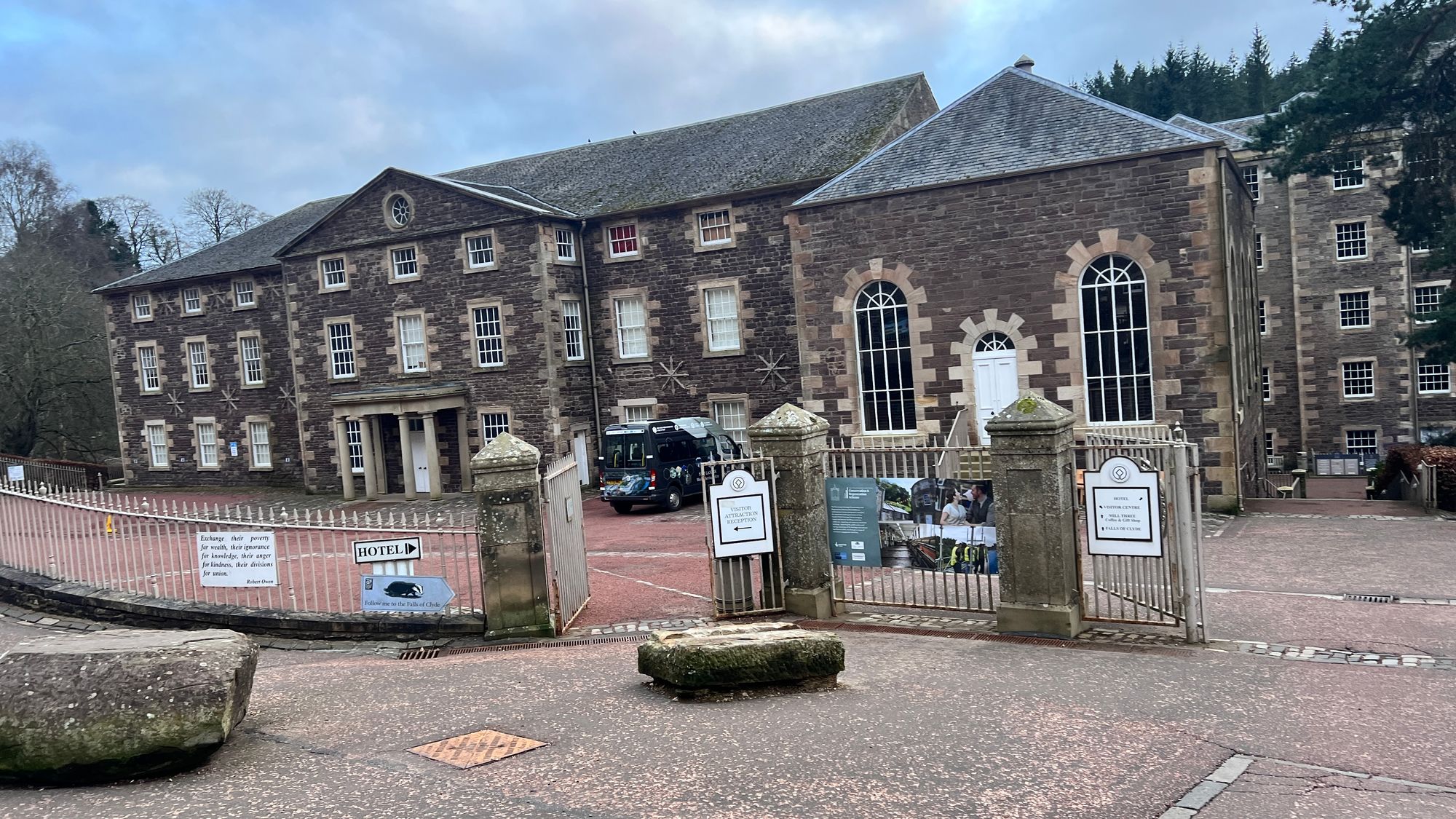
Visitors can take a ride on the Annie McLeod Experience which shows the fascinating story of Annie, one of the mill workers who lived in New Lanark in 1820.
The village can then be explore through visiting the reconstructed mill workers houses, taking a look in the village store and even visiting the school as it all would have looked in 1820.
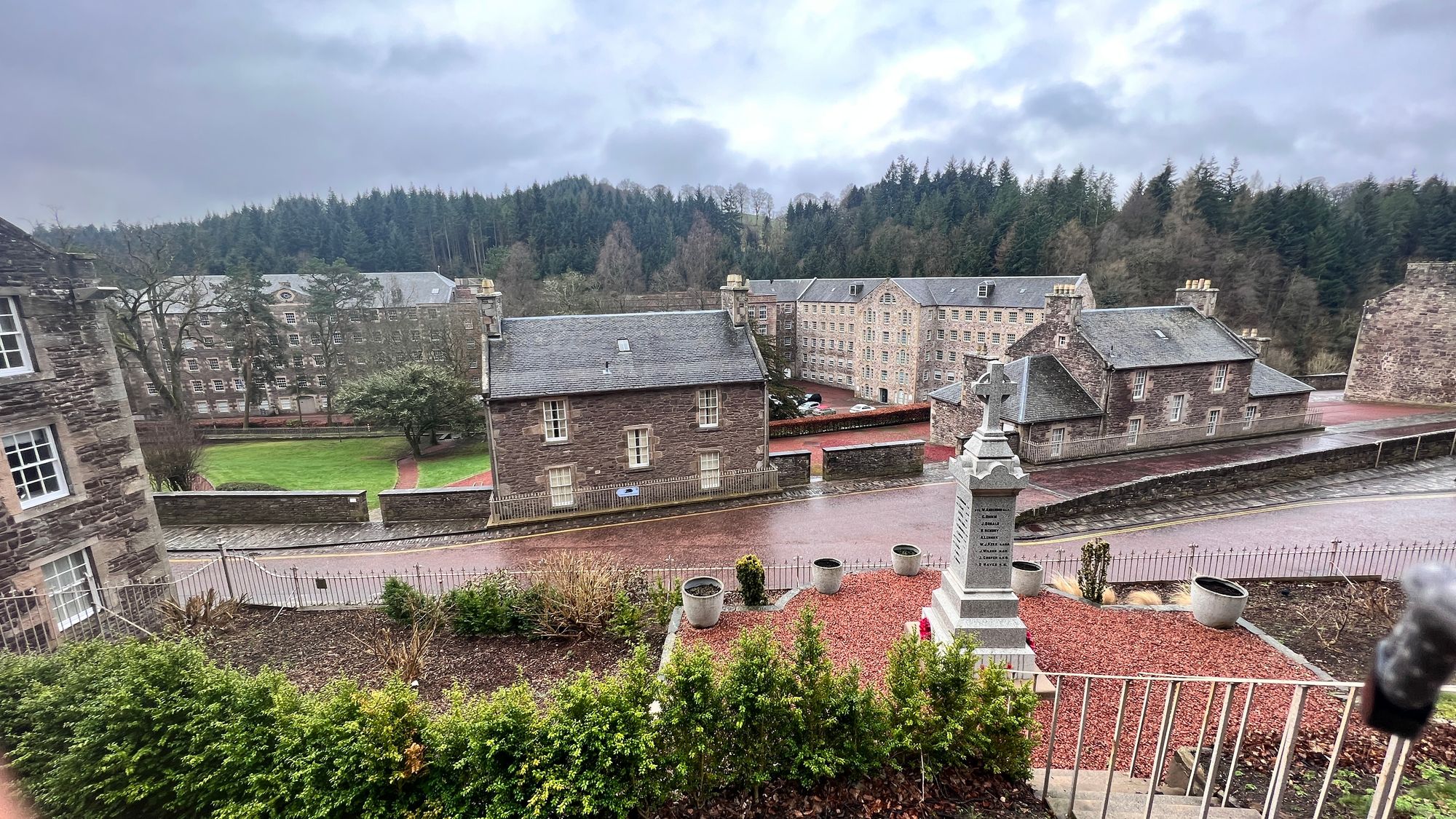
And don’t forget to take a walk along the banks of the River Clyde to see the impressive Falls of Clyde waterfalls that powered the mill back in 1785!
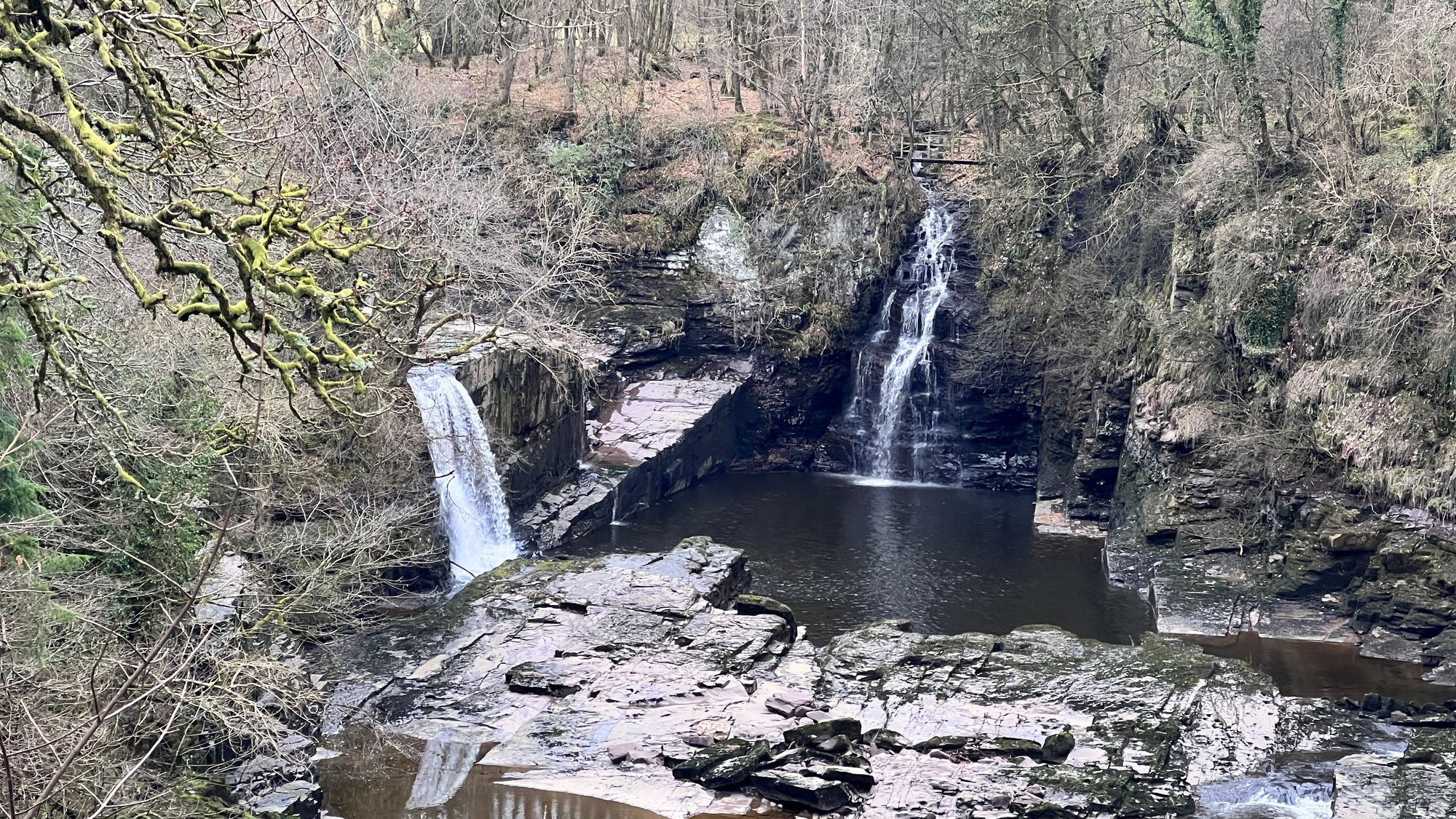
If you’re interested in visiting check out the website for opening times
www.newlanark.org
Become a member and show your support...


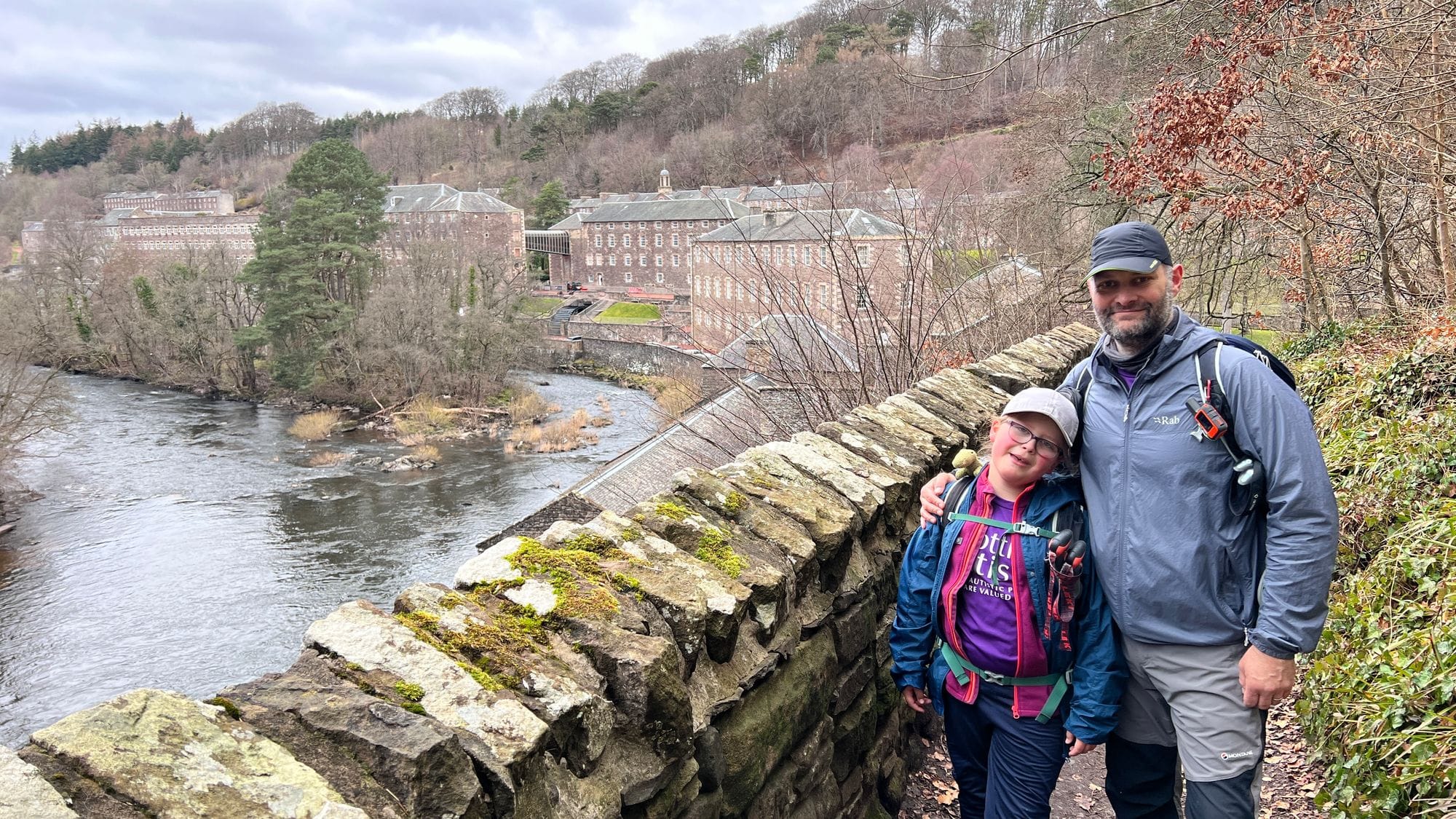




Comments